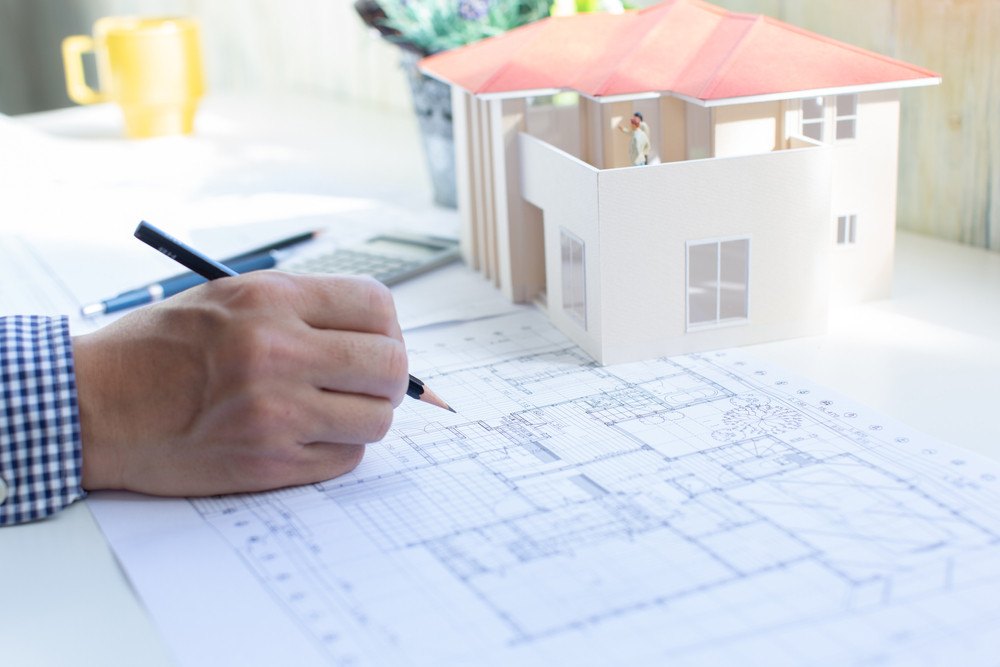The Creative Process Behind Effective Jobs from CDA Architects
The Creative Process Behind Effective Jobs from CDA Architects
Blog Article
An Extensive Review of Building Designs and Their Impact on Modern City Planning and Advancement
Building designs have long functioned as a mirror to the social worths and technical developments of their time, playing a vital role fit contemporary city preparation and development. From the magnificence of Neoclassicism to the utilitarian technique of Brutalism, each design has introduced unique ideas that influence urban visual appeals and functionality. As contemporary obstacles arise, consisting of sustainability and neighborhood needs, comprehending these historic structures becomes crucial. The resulting discussion not only informs future layout techniques however likewise elevates essential questions concerning the balance between heritage and technology in our progressing urban landscapes.
Historical Review of Architectural Styles

As societies transitioned via the Middle Ages, Gothic style arised, characterized by its verticality and intricate detailing, matching the spiritual goals of the era. The Renaissance marked a resurgence of timeless suitables, merging art and design in cutting-edge means that affected subsequent designs throughout Europe.

Today, building designs continue to progress, driven by globalization and sustainability problems, mirroring a dynamic interplay in between heritage and advancement. This historical overview emphasizes the value of style as a mirror of societal evolution and as a catalyst for urban advancement.
Trick Architectural Styles Explained
The variety of building styles shows the myriad impacts that shape our built environment, each embodying unique attributes and social values. Key architectural designs include Classical, Gothic, Baroque, Modernism, and Postmodernism, each representing unique historic contexts and visual approaches.
Classic design, rooted in old Greece and Rome, highlights balance, percentage, and making use of columns (cda architects). On the other hand, Gothic style, prospering in the center Ages, is characterized by pointed arches, ribbed safes, and flying buttresses, producing an aerial high quality in basilicas. Baroque design, emerging in the 17th century, is marked by grandeur, fancy embellishment, and a vibrant interaction of light and darkness
Innovation, which obtained momentum in the early 20th century, prioritizes function over form, using brand-new products like steel and glass to create minimalist structures. Postmodernism, reacting versus the austerity of Innovation, accepts eclecticism and historical referral, usually integrating spirited elements and irony.

Effect On Urban Planning
In shaping the development of cities, building designs significantly influence city planning decisions. The option of building style often determines the aesthetic appeals, functionality, and overall character of metropolitan environments.
Additionally, building designs can influence zoning guidelines and land utilize policies. Urban organizers have to consider the dominating building fads when making areas, guaranteeing that brand-new advancements balance with existing structures. This consideration promotes cohesive city landscapes and boosts community identity.
The implementation of particular building styles can additionally influence socioeconomic factors within a city. For instance, premium modern layouts might bring in wealthy homeowners and companies, resulting in gentrification, while extra budget-friendly housing solutions may prioritize useful and lasting layouts to suit varied populaces. Ultimately, the interaction between architectural designs and urban preparation develops vibrant cities that show both historical context and modern needs, shaping the lived experiences of their citizens
Sustainability and Modern Design
Building styles play an essential duty in addressing contemporary challenges, specifically in the world of sustainability. As urban locations expand and ecological worries escalate, modern-day architecture progressively accepts lasting design principles that focus on energy performance, source preservation, and very little ecological effect.
Contemporary architectural movements, such as biophilic design and green design, advocate for frameworks that balance with their surroundings, making use of natural materials and promoting biodiversity. These styles frequently incorporate renewable power sources, such as photovoltaic panels and wind turbines, to decrease dependence on fossil fuels and lower carbon impacts.
In addition, the assimilation of advanced technologies, such as wise building systems, boosts energy administration, optimizing resource use while guaranteeing occupant comfort. Innovative water administration strategies, consisting of rainwater harvesting and greywater recycling, Homepage further add to sustainable urban environments.
Notably, sustainability expands beyond environmental concerns; it includes social and economic dimensions. By cultivating neighborhood wellness and promoting inclusivity, modern-day building designs straighten with sustainable growth objectives. The advancement of building practices continues to form durable cities that not just satisfy the needs of the present however also secure the future for generations to come.
Neighborhood Engagement in Layout
Area engagement in design serves as an important bridge in between designers and the populations they offer, making certain that the built environment mirrors the requirements and goals of its individuals. This collaborative procedure welcomes neighborhood participants to contribute their insights and preferences, promoting a sense of ownership and obligation toward the spaces they occupy.
Reliable community involvement employs different approaches, such as workshops, surveys, and public discussion forums, to collect diverse perspectives. These techniques promote why not try this out a two-way discussion, permitting architects to recognize neighborhood contexts while equipping residents to voice their worries and needs. This inclusivity not only boosts the design top quality yet additionally advertises social equity by dealing with the one-of-a-kind obstacles dealt with by marginalized groups.
Additionally, community engagement can bring about innovative remedies that might not arise in a conventional design procedure. By incorporating regional expertise and cultural values, engineers can develop areas that reverberate even more deeply with individuals, improving usability and sustainability. Ultimately, focusing on neighborhood involvement in design procedures causes atmospheres that nurture social communications, support wellness, and reinforce neighborhood ties, thereby playing a crucial role in shaping modern city landscapes.
Verdict
Building designs have actually exceptionally affected modern city preparation and advancement, showing see it here developing social and technical contexts. The integration of historical aesthetics with modern demands fosters urban atmospheres that prioritize sustainability and neighborhood engagement. As cities continue to grow and adjust, the recurring discussion between architectural heritage and modern style principles will certainly continue to be crucial in producing comprehensive, lively rooms that enhance quality of life and promote social equity. The future of city development depend upon this unified balance.
Report this page